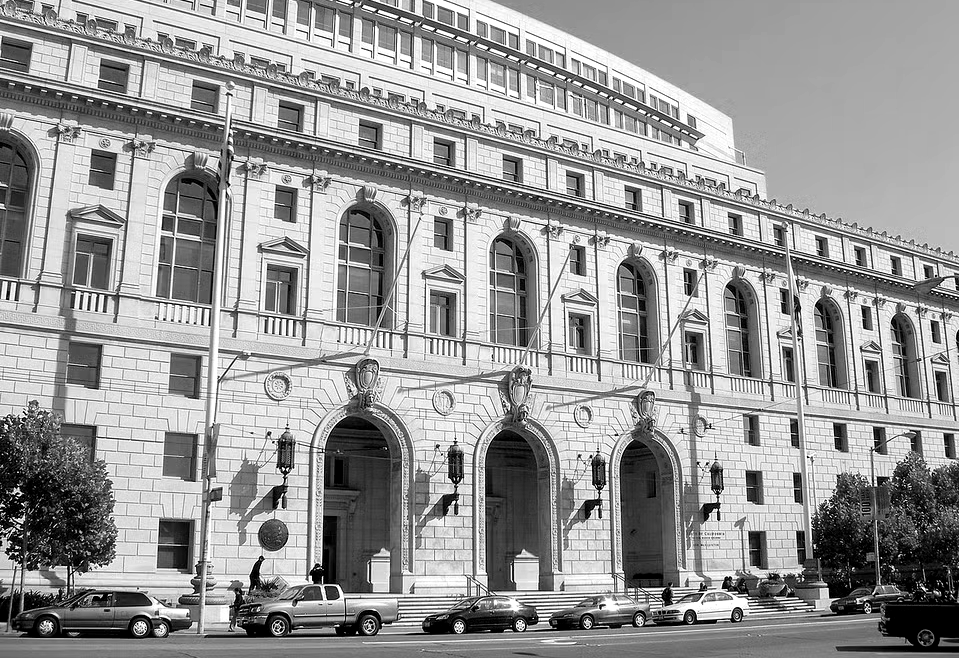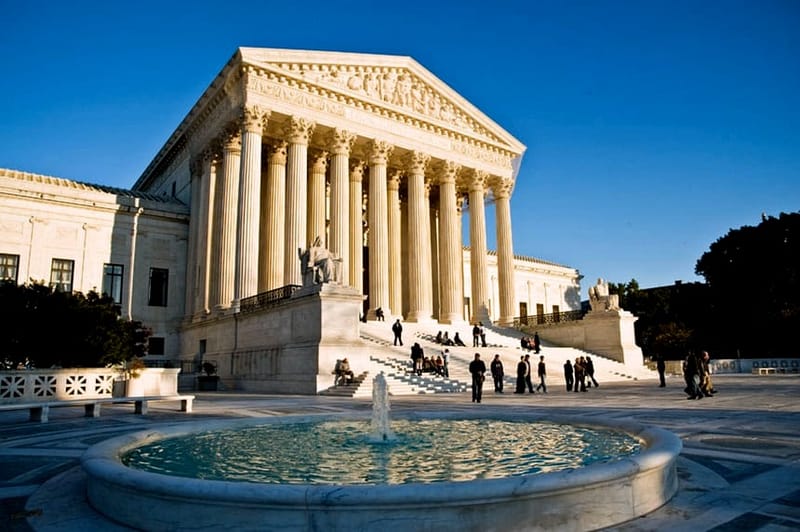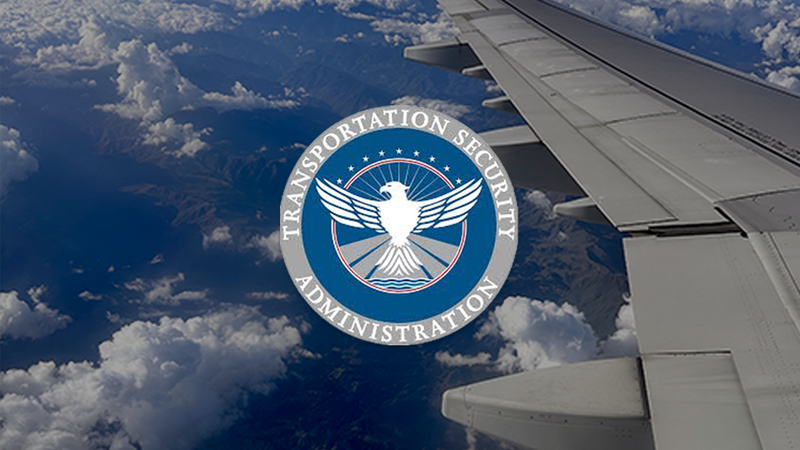California’s class action residual tracking system is broken, state report finds
A new state-mandated report details $12.58 million in class action residual funds distributed to California nonprofits from 2019 to 2023, along with significant gaps in reporting compliance and data quality.
When California lawmakers passed SB 847 in 2018, they created a process to ensure that unclaimed money left over from class action settlements, known as residual funds, would go to nonprofit organizations and that every distribution would be documented in a public report every five years.
The law amended multiple sections of the California Code of Civil Procedure to direct that these funds be allocated to nonprofits whose work benefits the class or similarly situated people, promotes the law consistent with the cause of action, supports child advocacy programs, or provides civil legal services to the indigent. SB 847 also added a transparency requirement: the Judicial Council must send copies of relevant judgments to the California Research Bureau (CRB), which compiles them into a five-year report.
The first of these reports, released in December 2024, covers cases from 2019 through 2023. It shows that the system is not functioning as envisioned.
“None of the submitted files contained all the required information.... [The] absence of standardized formatting across submissions, which included judgments, orders, and other court materials, created substantial inefficiencies." -Monica Stam, Class Action Residual Disbursements to Nonprofits, 2024 Report
What SB 847 Requires — and Why It Matters
The law spells out six fields of information that must be included for every case where residual funds are distributed to a nonparty:
- The name of the case: identifies the litigation and settlement.
- The cause of action, with a summary of allegations or factual findings: explains the legal basis of the case and its relevance to the chosen nonprofit.
- The name of the recipient and the amount distributed: provides accountability for how much money each entity receives.
- The name of the judge ordering the distribution: ensures traceability to the court decision.
- The purpose of the distribution: documents why the recipient was chosen and how the funds align with the case’s objectives.
- How the recipient plans to use the funds: offers transparency on the intended impact.
These fields are not just procedural. Taken together, they allow the public and policymakers to evaluate whether distributions meet the law’s intent. Missing any of them reduces the ability to verify that funds are going where they should, for purposes consistent with the class’s interests.
Compliance Gaps in the Data
The CRB’s review of 210 court submissions found widespread omissions:
- Purpose of the distribution: absent in every case.
- How funds will be used: provided in only 5 cases.
- Cause of action and allegations: included in 44 cases.
- Case name: found in 142 cases.
- Amount distributed: included in 108 cases.
- Recipient name: listed in 128 cases.
With none of the submissions containing all required fields, the CRB could not produce a complete record for any single case in the five-year dataset.
Format and Access Problems
Beyond missing information, the report notes technical and formatting issues that made compiling the data far more time-consuming:
- 37 expired or nonfunctioning PDFs
- 14 duplicates
- Erroneous filings for cases where no funds were distributed
The CRB stated that “the absence of standardized formatting across submissions, which included judgments, orders, and other court materials, created substantial inefficiencies” and that processing each document took an average of 20 minutes.
These inefficiencies further limited the CRB’s ability to meet the law’s transparency goal, as staff time was spent troubleshooting file access and deciphering inconsistent document layouts rather than compiling complete, comparable case records.
Distribution of Residual Funds, 2019–2023
From 2019 through 2023, more than 100 nonprofit organizations received residual disbursements from California class action settlements. The combined total was $12,583,836.
The ten largest nonprofit recipients were:
- Youth Law Center — $2,074,002
- Bay Area Legal Aid — $1,308,346
- Legal Aid at Work — $1,190,048
- Habitat for Humanity Orange County — $1,043,749
- Disability Rights Legal Center — $781,258
- UCSF/UC Hastings Consortium on Law, Science & Health Policy — $781,258
- Neighborhood Legal Services of Los Angeles County — $354,015
- Consumer Federation of America — $323,795
- National Consumer Law Center — $192,026
- Worksafe — $143,775
These organizations reflect the type of recipients SB 847 was intended to benefit: nonprofits that either assist communities similar to the class members or advance causes connected to the litigation. However, not all distributions followed this model.
Nonprofit Requirement and Government Recipients
SB 847 directs that residual funds be distributed to nonprofit organizations, with limited exceptions. As the CRB report notes, the law requires “defendants in class action litigation to pay the sum of unpaid residue, plus interest, to certain nonprofit organizations.”
Between 2019 and 2023, three recipients were government entities rather than nonprofits:
- State Trial Court Improvement and Modernization Fund — $1,009,874
- Equal Access Fund of the Judicial Branch — $881,958
- California State Controller’s Unclaimed Property Fund — $301,741
The report does not provide additional context for these allocations, but their presence is notable given the law’s primary intent of funding nonprofit work connected to the litigation’s purpose.
Identified Challenges
The CRB summarized several systemic issues that limited the usefulness of the five-year dataset:
- No single submission included all SB 847-required fields.
- The “purpose of distribution” was omitted in all 210 cases.
- Nearly all submissions lacked information on how recipients would use the funds.
- Document formats varied widely, making review slow and inconsistent.
- Technical issues, such as expired or locked PDFs, reduced access to source files.
As the report put it, “None of the files submitted included all the required fields,” and “the absence of standardized formatting […] created substantial inefficiencies.” These gaps make it harder to determine whether distributions are consistent with SB 847’s stated objectives.
Why These Gaps Matter
The intent behind SB 847’s reporting requirement was not only to document where the money goes, but also to explain why each recipient was chosen and how they would use the funds to benefit the class or similarly situated people. Missing or incomplete information in these areas limits the state’s ability — and the public’s ability — to evaluate whether residual funds are fulfilling that purpose.
Next Reporting Cycle
Under SB 847, the next five-year report is due in January 2029. Without improvements in compliance, formatting, and data completeness, the state risks producing another report that tracks totals but lacks the context needed to assess the impact of these distributions.
The CRB’s findings suggest that improving submission standards and ensuring that all required fields are completed would significantly strengthen transparency and help the state meet the law’s original intent.







